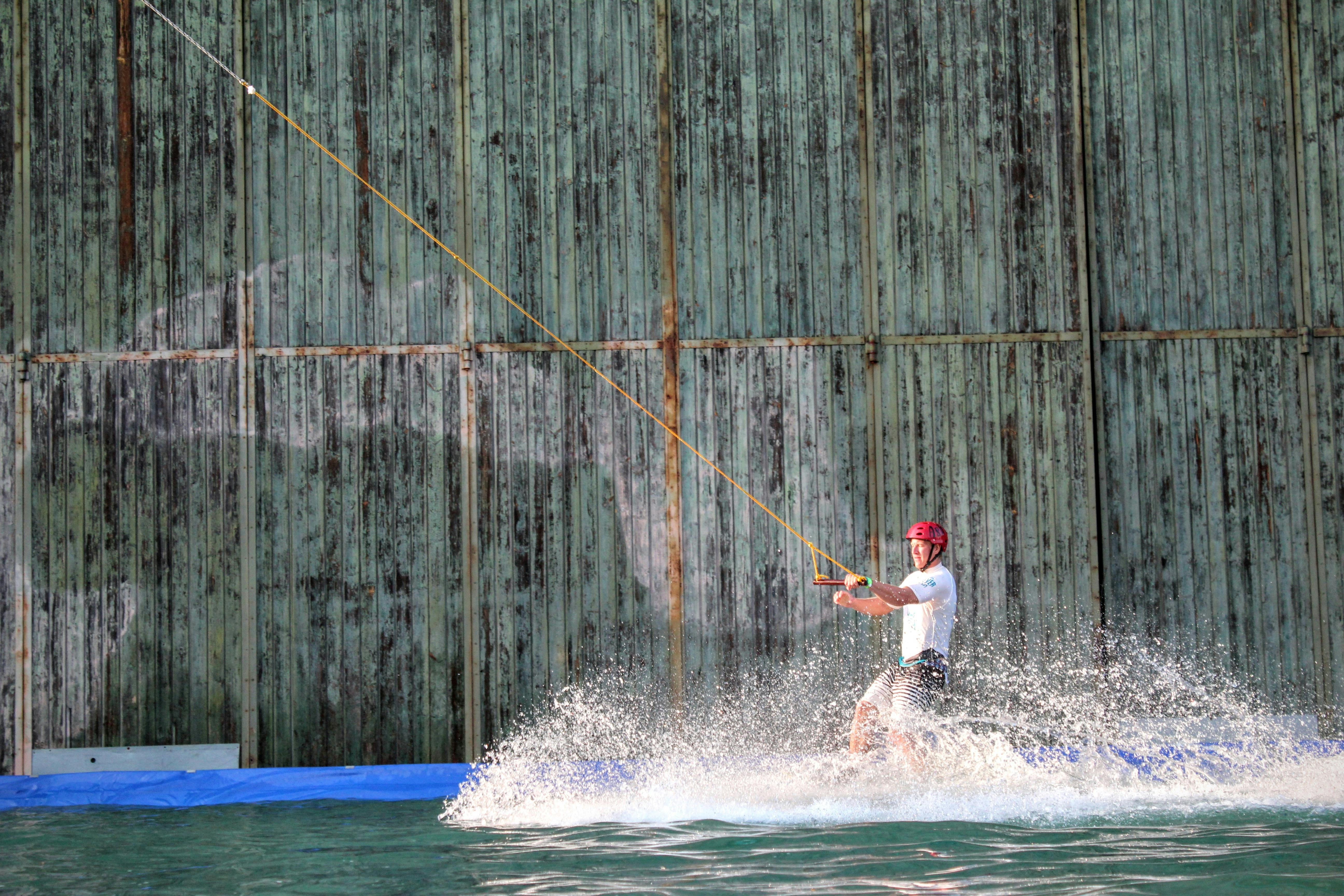The silkworm is at the heart of silk production. Bombyx mori and Antheraea mylitta are the two species of moths that contribute to the production of the fiber, the latter producing a much thicker quality of silk.
The larval stage of Bombyx mori, the silkworm, feeds mainly on mulberry leaves. If mulberry leaves are not available enough, fresh lettuce will serve as a substitute. Worms have quite an appetite; they feed every few hours for 20-35 days. They grow from an eighth of an inch to about four inches. During this period, they shed their skin four times, changing their color from gray to translucent pink.
A raised head is a sign that the silkworm is ready to spin its cocoon. It is transferred to a shelf where it is clamped for support. Spinnerets, the two glands present under the jaws of the worm secrete the filament. It is fibroin, the insoluble fiber along with sericin, a gum that hardens when exposed to air.
Once the cocoon is fully formed, the chrysalis breaks free from it, causing the silk filaments to break. To prevent this, silk farmers destroy the pupae by suffocating them with heat, killing the pupae. The cocoon is then classified by its characteristics and immersed in hot water to release the sericin. Sericin helps in the last stages to wind the filaments into a silk thread.
The cocoon is then brushed to locate the end of the fiber. It is then threaded through an eyelet onto a wheel. The sericin helps in the adhesion of one filament to another, forming a continuous thread. Not all filaments can be wound, the excess silk is spun like cotton or linen. Spun fiber is coarser in nature.
The thread is formed by twisting the rolled silk. The twisting is carried out in a particular way to give texture to the thread. The “singles” are multiple filaments twisted together in one direction. The plains and the untwisted grain can be combined, in a pattern, to achieve certain fabric textures. Then the thread is passed through rollers so that its width is uniform.
The thread is degummed after twisting. Degumming consists of soaking the threads in soapy water to remove the sericin. This also causes you to lose up to 25-30% of your weight. As a result of degumming, the silk is much softer, has a higher luster and a creamy white color.
The fiber is dyed in two distinct processes, pure and heavy dye. In the weighted silk process, metallic substances are used that compensate for the weight lost during degumming, giving the fabric body. However, if executed incorrectly, it can decrease the longevity of the silk. Purely dyed silk is always considered a superior product as it involves dyeing it with a dye and topping it off with starch, glue, sugar or gelatin.

